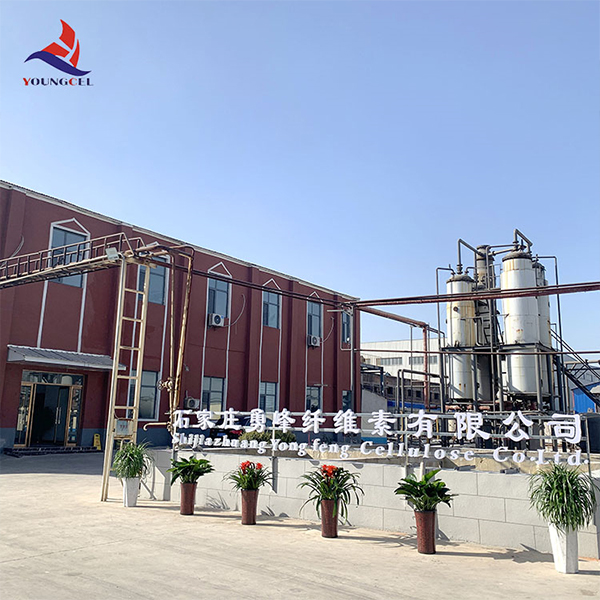The Role of Cellulose Esters Focus on Hydroxypropyl Methylcellulose (HPMC)
Cellulose, as one of the most abundant organic polymers on Earth, serves as a fundamental building block in various industries, particularly in the fields of pharmaceuticals, food, and construction. Among its derivatives, Hydroxypropyl Methylcellulose (HPMC) has gained significant attention for its diverse applications owing to its unique properties. This article explores the characteristics, uses, and significance of HPMC in various sectors.
HPMC is a cellulose ether produced by the chemical modification of cellulose. The process involves the substitution of hydroxyl groups in the cellulose chain with hydroxypropyl and methyl groups, thereby enhancing its solubility in water and providing a range of functional properties. The resulting polymer is a white to off-white, odorless powder that is free from any synthetic compounds, making it safe for use in various applications.
The Role of Cellulose Esters Focus on Hydroxypropyl Methylcellulose (HPMC)
In the food industry, HPMC is widely recognized as a food additive due to its emulsifying and thickening properties. It helps improve the texture and stability of various food products, ranging from sauces to dairy items. HPMC is particularly valued for its ability to retain moisture, which is essential in prolonging the shelf life of food products. Moreover, its use as a fat replacer in low-fat and reduced-calorie foods helps maintain creamy textures without compromising taste.
cellulosa esther (hpmc)

The construction industry also benefits from HPMC, where it is integrated into mortars, adhesives, and plasters. HPMC improves the workability of the mixtures, allowing for smoother application and better adhesion. Additionally, it provides water retention, which is crucial during the curing process of cement-based materials, ensuring stronger and more durable constructions.
Despite its many advantages, the production and use of HPMC are not without challenges. The sourcing of cellulose from sustainable forestry practices is a critical concern, as the over-exploitation of natural resources can lead to environmental degradation. Furthermore, the chemical modifications required to produce HPMC need to be carried out under controlled conditions to minimize any potential environmental impact.
The increasing demand for HPMC can also lead to market fluctuations, impacting prices and availability. Researchers are continually exploring more efficient ways to produce HPMC, including the development of biotechnological approaches that could reduce reliance on traditional chemical processes.
In conclusion, Hydroxypropyl Methylcellulose (HPMC) stands out as a versatile cellulose derivative with wide-ranging applications across various industries. Its unique properties, such as water solubility, gel-forming ability, and emulsifying capabilities, make it an essential component in pharmaceuticals, food products, and construction materials. As industries continue to prioritize sustainability and innovation, the future of HPMC will likely involve more eco-friendly production methods and novel applications, ensuring its relevance in an ever-evolving marketplace.
-
Rdp Powder: Key Considerations for Wholesalers in the Building Materials IndustryNewsJul.08,2025
-
Key Considerations for Wholesalers: Navigating the World of Hpmc - Based ProductsNewsJul.08,2025
-
Hpmc Detergent: Key Considerations for WholesalersNewsJul.08,2025
-
Key Considerations for Wholesalers: China Hpmc For Tile Adhesive, Coating Additives, Concrete Additives, and MoreNewsJul.08,2025
-
Crucial Considerations for Wholesalers: Navigating the World of Construction MaterialsNewsJul.08,2025
-
Key Considerations for Wholesalers Sourcing Additive For Cement, Additive For Concrete, Additive For Putty from Additive Manufacturer Shijiazhuang Gaocheng District Yongfeng Cellulose Co., Ltd.NewsJul.08,2025




